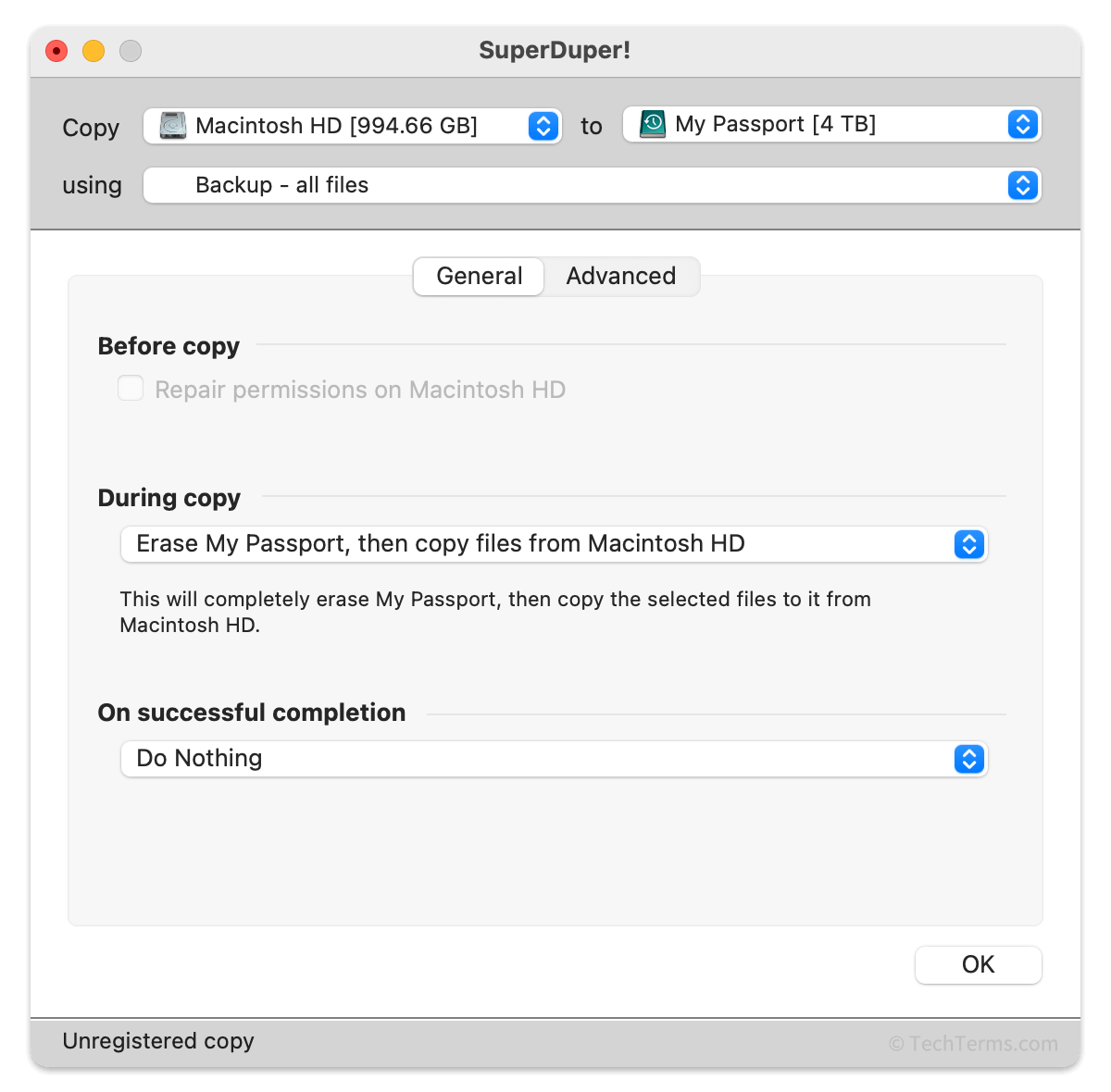Clone
In computing, the word "clone" can mean several things. It may refer to a disk whose contents have been duplicated exactly from another disk in a process called "disk cloning." It may refer to software that mimics the functionality of a pricier mainstream alternative. It may also refer to IBM-compatible computers made by other companies in the 1980s and 90s.
Disk Clones
A disk clone is a disk whose contents were copied from another disk using a disk cloning utility. Cloning a drive involves more than just copying a disk's files; it duplicates the entire file system, including all partitions and metadata. Disk cloning is often used for creating backups, duplicating a configuration for deployment, and preserving the contents of a disk for digital forensics. Cloning a disk may also involve creating a disk image file.

Disk cloning functionality is generally provided by third-party utilities. Cloning a disk requires that it not be in use, which means that you cannot clone a computer's boot disk while the operating system is running. Some disk cloning utilities, like Clonezilla, create a bootable flash drive that you can load instead of your operating system, leaving the boot drive available for cloning.
Application Clones
An application clone is a software application that reproduces the functionality of another, more popular application. Clone apps may be made for people who cannot afford the original application, run an operating system that the original application does not support, or just want a free and open-source alternative. For example, Inkscape is a popular open-source Adobe Illustrator clone, providing similar functionality for creating vector drawings and illustrations.
IBM Clones
In the 1980s and 1990s, "IBM clone" or "IBM-compatible" meant that a computer used the same architecture as the original IBM Personal Computer (PC), but was built by another manufacturer. After the IBM PC debuted in 1981, other companies like HP, Dell, and Compaq built computers using the same Intel CPUs as the PC. Marketed as "IBM-compatible," these clones could run the same software as the IBM PC (including the MS-DOS operating system).
Due to the hardware and software compatibility between IBM PCs and third-party clones, the x86 architecture running MS-DOS (and later Microsoft Windows) became an industry standard. The entire ecosystem of PC clones would eventually be known as "PCs." The term is still synonymous with computers running Windows on Intel CPUs well after IBM has stopped making personal computers.
NOTE: IBM's PC was not the only computing platform to be cloned. In the mid-1990s, Apple briefly licensed the Macintosh platform to third-party manufacturers through the "Macintosh Clone Program." However, this program was short-lived and only allowed clones between 1994 and 1997.
 Test Your Knowledge
Test Your Knowledge